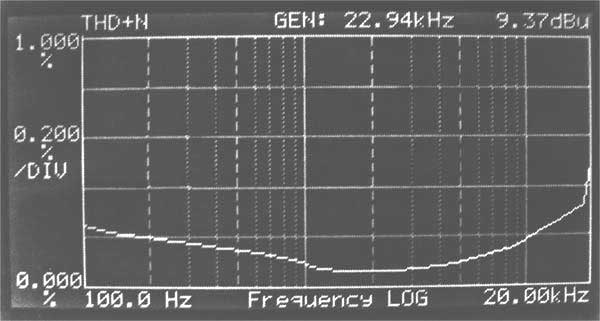ACADEMIA ERROR CORRECTION AMPLIFIER (concept study)
Update: 17 April 2007
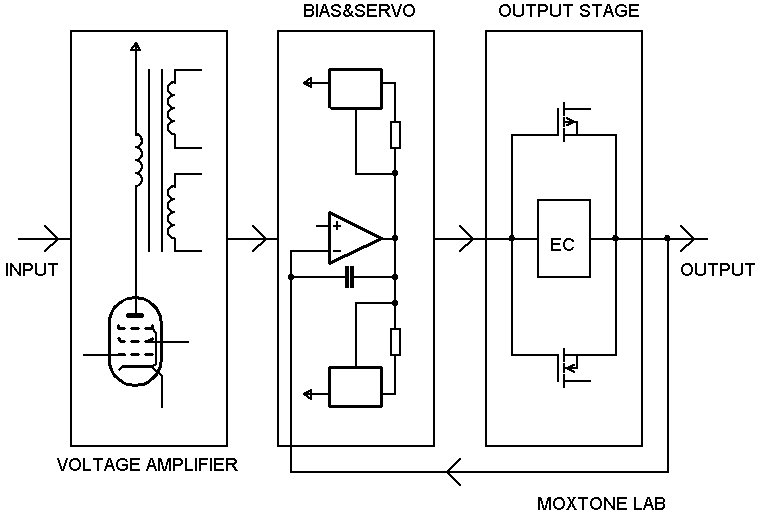 Block diagram
Block diagram
Specifications
| Amplifier topology: | hybrid power amplifier consisting of the SE tube voltage preamplifier, interstage transformer and MOSFET PP Class AB output stage with applied error correction |
| Output power: | min. 50W/8 ohms |
| THD (at 1W/8ohm/1kHz): | <0.1% |
| Frequency range (±1dB at 1W/8ohm): | 10Hz - 100kHz |
| Damping factor (at 100Hz into Z=8ohm): | >100 |
| Input impedance: | 100 kohm |
| Voltage gain: | 30dB |
| Max. output voltage: | 24VRMS |
| Output DC offset: | < 10mV |
| Signal/noise ratio (at 1W/8ohm): | > 65dB |
| Power consumption: | max. 300VA |
Update: 5 April 2007
Final measurements
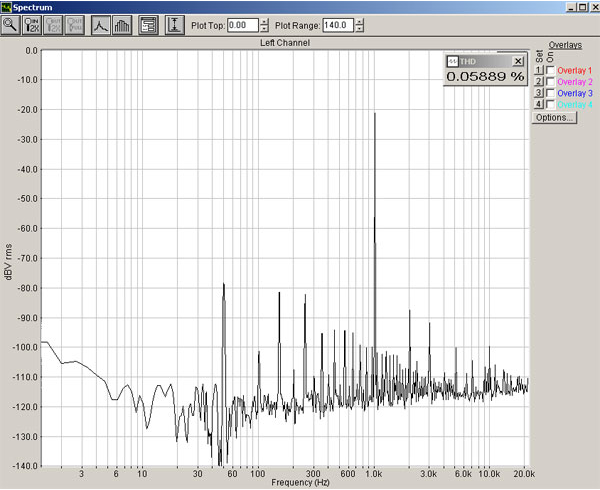 |
||
 |
 |
 |
| THD spectrum at 1kHz/1W/8ohm | THD spectrum at 1kHz/10W/8ohm | IMD spectrum at 1W/8ohm |
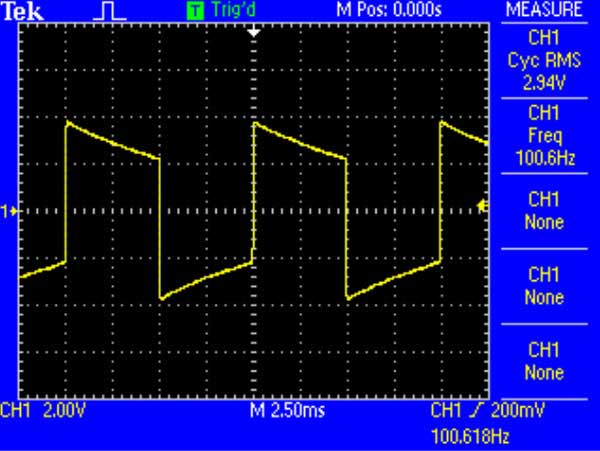 |
|||
 |
 |
 |
 |
| 100Hz squarewave into 8 ohms | 1kHz squarewave into 8 ohms | 10kHz squarewave into 8 ohms | 1kHz squarewave into 8 ohms//2u2 |
10 February 2007
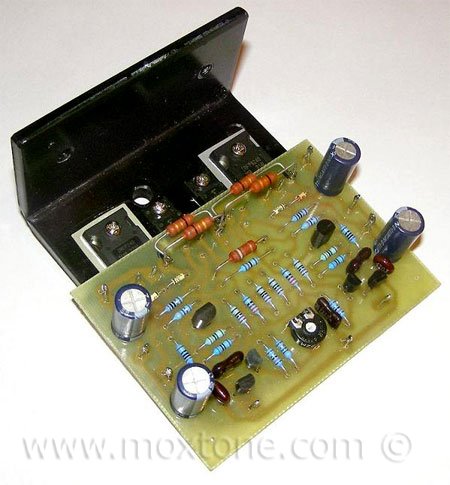 |
The error correction output stage circuit was built using the following transistors:
|
Error correction output stage as per the 1984 Cordell circuit(EC schematic courtesy of Bob Cordell) |
 Error correction output stage: Preliminary measurements
Error correction output stage: Preliminary measurements
Legend:
- THD + N = no filters
- K2 = second harmonic
- K3 = third harmonic
- Measurement set = Neutrik Analyzer 3337 (max. resolution of the Analyzer is 0.001%).
Preliminary measurements of the error correction output show linear frequency characteristic, low THD distortion and the DF over 50! The measurement printout shows the frequency response and THD up to 40kHz . The frequency response of the Analyzer's own measurement amplifier affects negatively THD measurement results at the frequencies above 20kHz. The measurements were done in a home environment, on a real-world loudspeaker with a nominal impedance of 8 ohm and using the Neutrik Analyzer 337 measurement set. The peak in the frequency response at 50kHz is caused by the interstage transformers before the compensation. The compensation was performed subsequently in the finalized version (measurements pending). The THD measurement results are affected by the interstage transformer characteristics. However, despite that fact, the second and third harmonics still do not exceed 0.05%! The measurements would have been even better had they been performed in a lab environment, using an 8-ohm resistor load and proper measuring cables.
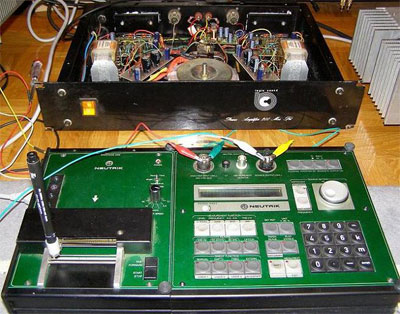 |
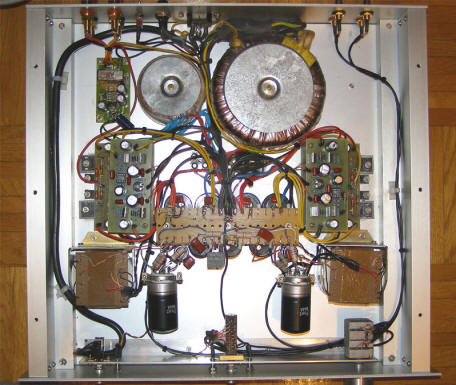 |
Measurement setup: Neutrik Analyzer 337 |
Academia: Original Moxtone design |
When I thought about developing this hybrid topology, I did not have any particular expectations and was primarily driven by personal curiosity caused by the fuss created about the error correction concept in a technical forum discussion. The theory behind the rather long-winded discussion sounded intriguing enough for me to decide to give the concept a go and actually build the error correction circuit published by Bob Cordell. Only after I found that it worked pretty much as advertised (see the measurement paragraph above), it dawned on me to take it a step further and design my own hybrid topology (i.e. tube driver input stage) with no global feedback around it. I had built a number of successful hybrids up to then and had a pretty good idea about what sort of sound to expect... or so I thought.
In a series of exhaustive comparative listening sessions that were conducted over a period of one month (AMT/JBL speaker combo + Tascam CD 701), Academia won hands down all the shootouts against my other DIY amplifiers shown on the site (namely, all the chip amps, Siemox, TBIGC, Aleph3 clone, 6c33 Borbely clone). Academia's harmonic structure gives the sound a most lifelike quality, with the very airy and natural highs and high timbral accuracy. The other amplifiers sounded either detailed and controlled but a touch too aggressive (the LM chip amps in particular) or very pleasant but a wee too loose (6c33 clone) and muffled (TBIGC) in comparison. The Aleph3 and Siemox came close to Academia in terms of timbral accuracy, control and the "pleasantness" factor but somewhat lacked her airy quality, the resolution of soundstage details and transient speed. Academia excellently preserved all the dynamics, control and detail typically associated with good chip/solid state amplifiers and, at the same time, was able to sound natural and give the full and deep (yet tightly controlled) bass of the Siemox tube amplifier. No matter what genre of music played (jazz, rock, pop, classical), Academia stood out with her firm and mesmerizing grip on the sound. I was quite taken by the score and am still trying to rationalize it (measurements pending!).
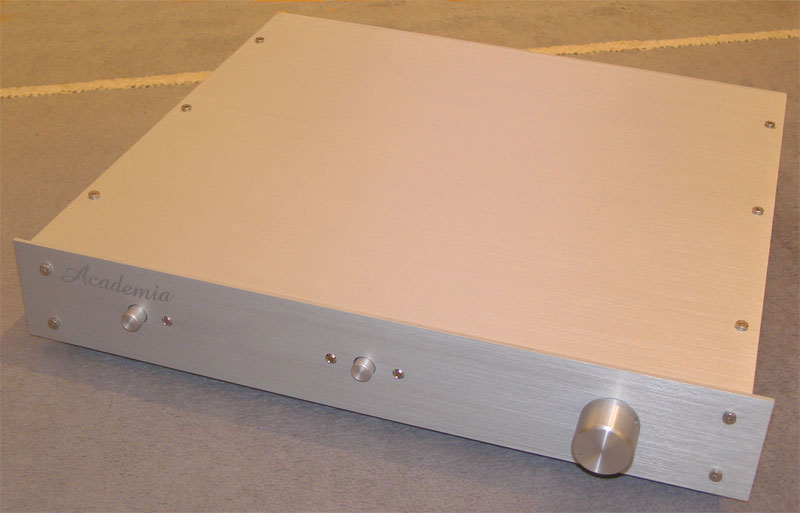 |
||
 |
 |
 |
COPYRIGHT NOTICE
This material is not public domain. It is provided for your personal use only and may not be reproduced, re-distributed, re-transmitted, copied or otherwise used in any form without the express written permission of the author. You may not upload this material to any public server, on-line service, network or bulletin board without the prior written permission of the author.
The use or copying of the contents of this page, in whole or in part, for any commercial purpose is expressly prohibited.
